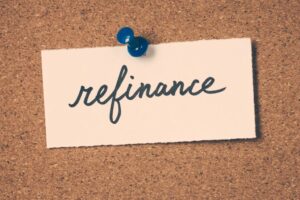Are you a small business owner? Maybe a manager in a large enterprise. Then you know that effective management of enterprise assets is vital to generating revenue.
Owning or running a profitable business is always exciting and liberating. And as the firm grows, there’s a possibility that you’ll outgrow your standard workforce and your current premises. You’re going up in the world.
And when you have staff to organize, large buildings to manage, and facilities to keep on top of, you’ll need some help. That’s where investing in a typical facilities management structure comes in. Here are the reasons why you should invest in one.
- Improve the Accuracy of Asset Inventory
How many assets does your business have? When do you service or undertake maintenance on these assets? Well, a big enterprise may have hundreds or thousands of assets. Without a good asset management system, they may not know the location, status, and quantity of assets they own.
But why is it important that management knows the status and location of their assets? Well, having this data helps you to;
- Know whether your assets have been stolen or lost.
- Know the assets that need repairs, servicing, or replacement
- Undertake comprehensive and successful asset audits
- Gain competitive advantage from an asset operational perspective
- Control the cost of assets
Remember, if you cannot control your assets, then you don’t know where they are.
- Improve Business Safety
Health and safety are critical to any working environment. The safety standards to be kept are always rising.
Well, your business cannot afford to take these health and safety standards for granted. Engaging an enterprise management company takes control of your company’s safety and health protocols. Therefore, you don’t have to worry about creating fire escape plans or ensuring there are traffic stop signs in your business. The enterprise management firm takes care of all this.
- Controls Cost and Improve Asset Accounting
We almost numbered this reason as number one above, but without a safe working environment and listing your assets, you cannot execute cost control measures. Hence this reason came at number three.
Well, asset accounting involves:
- Disclosing the purchase costs when you acquire assets
- Calculating the annual depreciation costs when using these assets
- Recording other running costs of the asset like service costs, consumable cost, and maintenance costs
- Disclosing the disposal costs of these assets.
And yes, most enterprises undertake asset accounting for tax and balance sheet reasons. But do you know that you can use this information to build a strong relationship with your customers? But how?
For instance, using quantitative information surrounding servicing costs, depreciation, and asset maintenance costs gives a clear idea of the number of times it needs servicing during its lifecycle. Sharing this information with your customers increases their confidence levels with your firm. And that’s because your company will come across as a well-run enterprise, and who doesn’t want to deal with a well-run business?
Conclusion
Facilities management is a broad description of what it takes to run buildings, assets, and workplaces. Under this umbrella, there are specific items that contribute to the main goal of well-run businesses. Among these is the facilities asset management system. At times, the building itself might be an asset, however, the asset management system focuses on the essential property components that allow it to function optimally for people working there.




